India ups stakes: Narendra Modi’s ‘new normal’ military doctrine a fast-track to war
India’s Hindu strongman sets a dangerous new starting position, warning that not only will future terrorist attacks be assumed to have Pakistan state backing and will draw armed retaliation, but India won’t de-escalate in the face of nuclear threat.
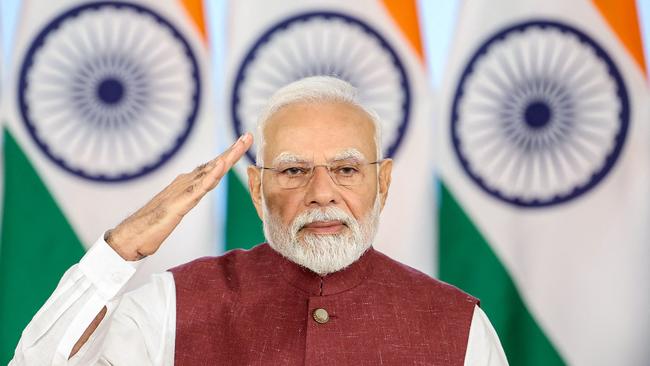
It took Indian Prime Minister Narendra Modi two days to address his nation after a US-brokered ceasefire ended dangerously escalating military clashes with Pakistan, and when he did it was to announce that he was just getting started.
“India will not tolerate any nuclear blackmail,” the Hindu strongman thundered after four days of spiralling attacks – in which drones, missiles and shells were fired deep into each other’s territory – brought the two nuclear-armed rivals to the brink of their fourth full-scale war. New Delhi has long accused Pakistan of using the nuclear card to de-escalate the two nations’ periodic clashes, but no longer would those threats constrain New Delhi in dealing with terrorism.
“We will strike precisely and decisively at the terrorist hideouts developing under the cover of nuclear blackmail,” Modi said, adding an Indian military response to all militant attacks would be the “new normal”.
What’s more, New Delhi would make no distinction between terrorists and the government that sponsored them.
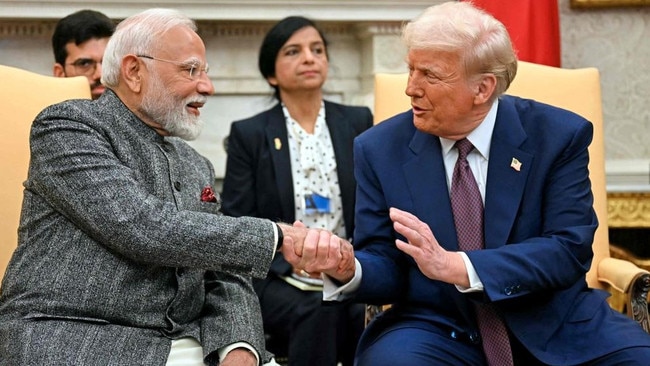
The two nations’ worst clashes in 25 years were triggered by India’s May 7 targeted strikes on nine alleged terrorist sites across Pakistan – dubbed Operation Sindoor – to avenge the massacre of 26 people in Indian-administered Kashmir’s resort town of Pahalgam on April 22. Indians were horrified by the attack in which gunmen emerged from thick forest surrounding a popular tourist site and executed civilian men in front of their families, after quizzing them on their religion.
Islamabad has denied involvement but New Delhi is having none of it.
It has pointed to Pakistan’s involvement in terror strikes on India dating back to the 2001 attack on its national parliament, the devastating 2008 Mumbai strikes, and the fact the world’s most wanted terrorist, Osama bin Laden, was found in northwest Pakistan in 2011.
“If Pakistan wants to survive, it will have to destroy its terror infrastructure,” Modi has insisted.
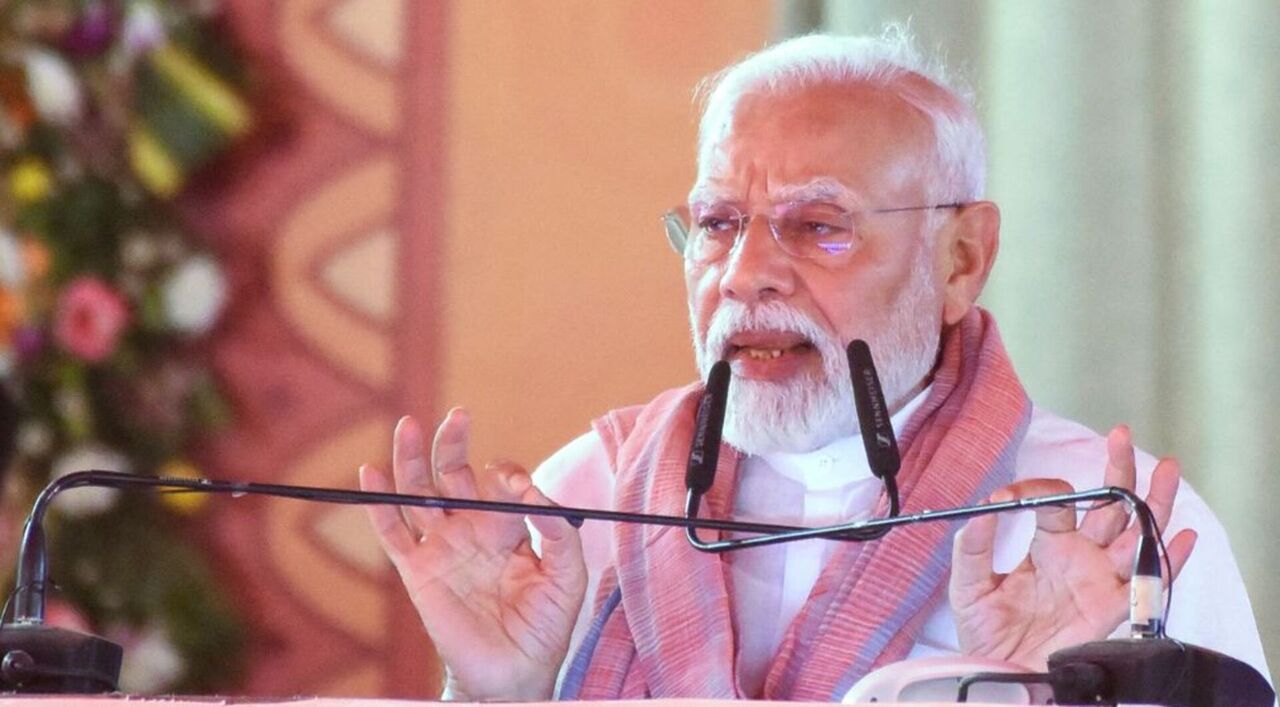
Until then, any negotiations would be limited to talks on terrorism and on Pakistan-administered Kashmir, notwithstanding US President Donald Trump’s offer to mediate a resolution to the decades-long dispute.
“There is no other way to peace,” Modi said. “Terror and talks cannot go together … Terror and trade cannot go together … Water and blood cannot flow together.” But if this was meant to cower Pakistan, it didn’t appear to.
Pakistanis gathered on the streets of the capital Islamabad in the wake of last weekend’s ceasefire to celebrate what their Prime Minister, Shehbaz Sharif, described as “military history” achieved by “our brave army in a spectacular fashion”.
“In a few hours our jets silenced India’s guns in a way that history will not soon forget,” Sharif said.
The Pakistani leader pointedly thanked Washington and Trump for the ceasefire, in contrast to Modi who made no mention of US mediation, and suggested Islambad would be willing to talk with India if those discussions included the status of Indian-administered Kashmir and New Delhi’s suspension of the Indus River water sharing agreement.
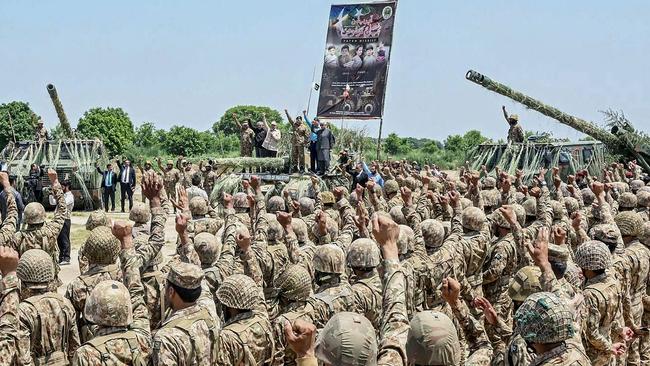
India is unlikely to be happy with the diplomatic wash-up of its latest clash with Pakistan.
Trump’s intervention, after previously indicating he would leave the two to duke it out, risked making India – a rising superpower – look weak in the eyes of Modi’s hardline Hindu support base. Trump’s claim to have used trade threats to get both sides to de-escalate also has irked New Delhi.
“I said: ‘C’mon, we are going to do a lot of trade with you guys, let’s stop it … If you don’t stop it, we’re not going to do any trade,’ ” the US President told reporters on Tuesday. “And all of a sudden they said, ‘I think we’re going to stop.’ ”
While India’s foreign ministry insisted this week that trade was never mentioned, Trump repeated his claim a few days later during a speech in Saudi Arabia.
“I said, ‘Fellas, come on, let’s make a deal. Let’s do some trading. Let’s not trade nuclear missiles, let’s trade the things that you make so beautifully,’ ” Trump said.
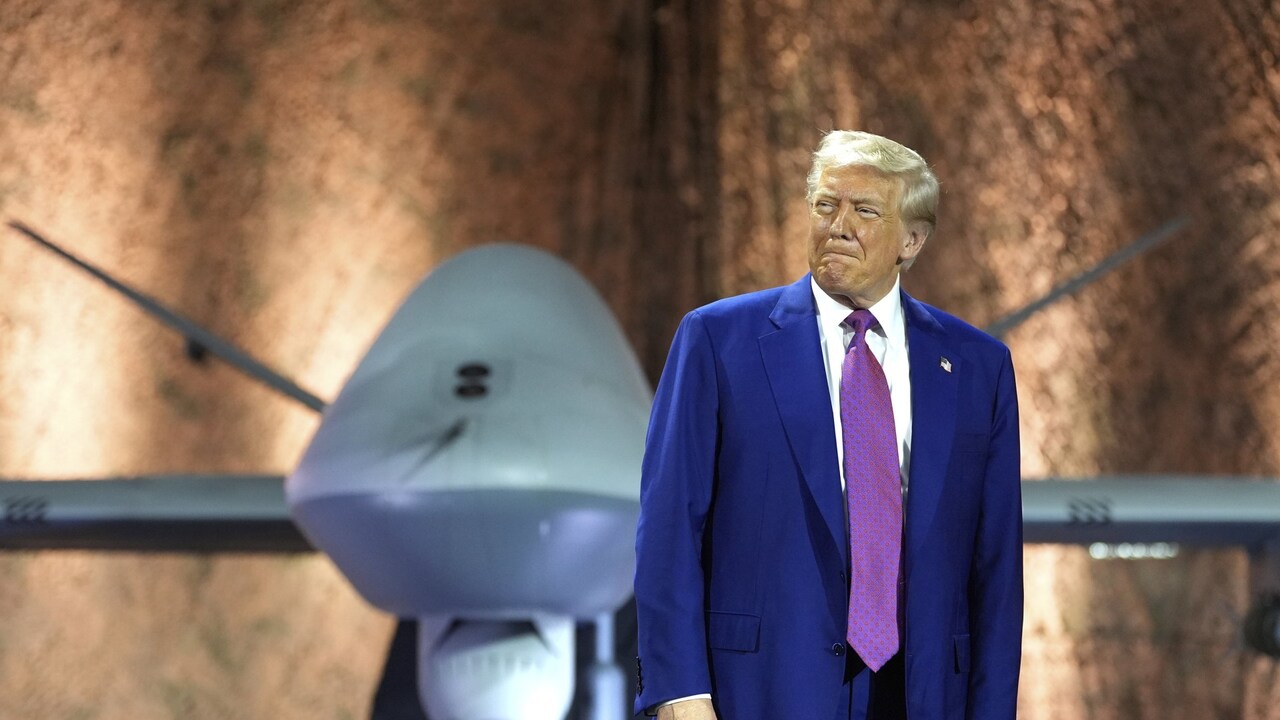
Modi’s image – and hardline support base – depends in part on his ability to project India as a self-assured rising power that does not bend to pressure from other nations and that can deal a decisive blow to Pakistan.
To that end, India has been at pains to highlight the damage caused to Pakistan military targets including Rawalpindi’s Nur Khan air force base – the likely trigger for an alleged circular announcing a meeting of Pakistan’s National Command Authority, which controls its nuclear arsenal.
While the notice was quickly withdrawn, it caused sufficient alarm in Washington to prompt White House intervention after days of insouciance and Vice-President JD Vance’s assertion that the fight between India and Pakistan was “none of our business”.
Multiple satellite images released this week suggest India’s attacks caused significant damage to Pakistani military installations.
Still, says Crisis Group South Asia analyst Praveen Donthi, “Pakistan is euphoric because they’re a small country and were able to withstand this attack from India,” Crisis Group South Asia analyst Praveen Donthi says.
“On the Indian side it’s been a bit mixed.
“Mr Modi has been able to burnish his credentials as a strongman who can keep India secure.
“ At the same time, his hardcore supporters – fuelled on hyper-nationalism – are disappointed that India backed out when it had an upper hand because they had been told this is India’s war on terror and Pakistan will be finished.”

While condolences poured in after the Pahalgam attack, Indian officials have since noted the conspicuous silence of friends and partners, including Quad nations, during its clash with Pakistan.
Trump’s refusal to take sides in an issue India sees as its own war against terrorism has particularly upset New Delhi, which has worked hard to grow ties with Washington.
Perhaps worst of all, Trump’s evaluation of the clash as a “thousand-year-old” dispute over Kashmir – and his offer to help resolve it – has re-internationalised the issue.
Longstanding tensions between the two neighbours over divided Kashmir have flared into open conflict four times since Pakistan was carved out of India in 1947 as part of the terms of Independence from Britain. Their last war was fought at freezing altitudes in Himalayan Ladakh in 1999, when India was forced to repel Pakistan-backed forces that infiltrated its side of the Line of Control.
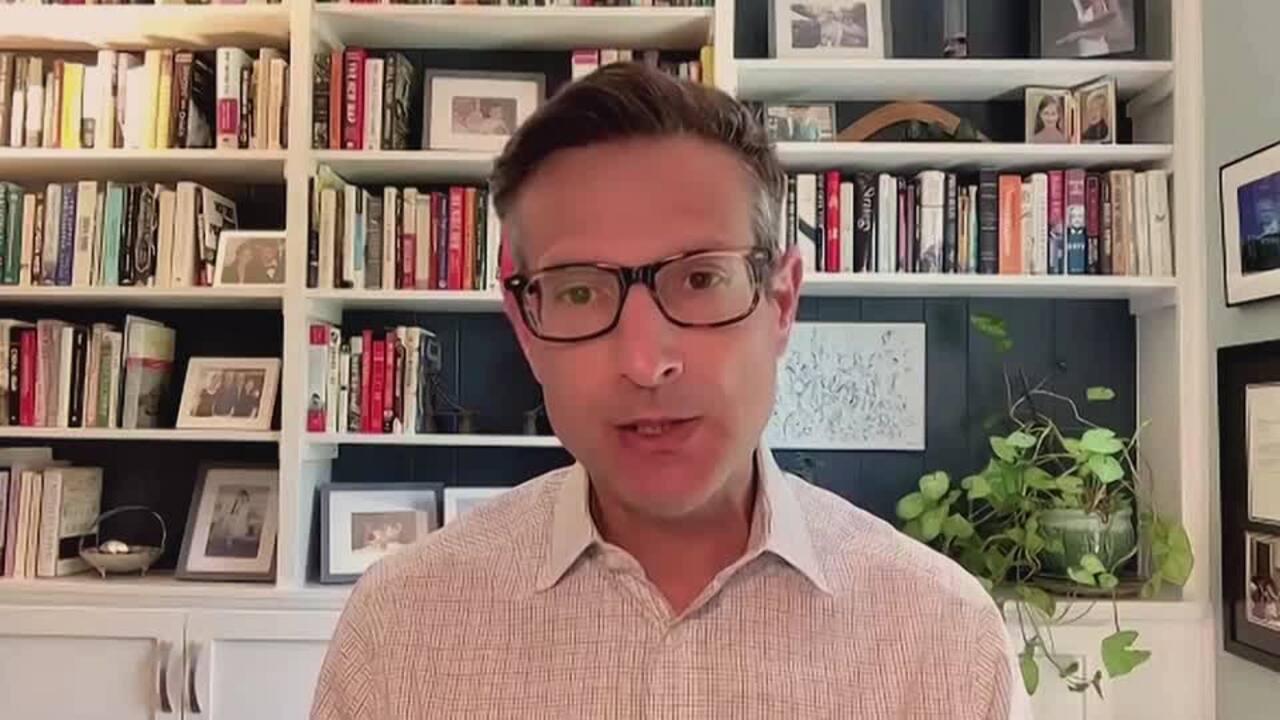
Since then, each time hostilities have threatened to spiral into war it has been the US pulling them back from the brink.
But New Delhi has long opposed third-party mediation of Kashmir and is highly sensitive to being bracketed with Pakistan, which it views as a rogue state.
“Everything Trump has said from the time he announced the ceasefire has been music to Pakistan’s ears,” South Asia analyst Michael Kugelman says.
“One of Pakistan’s core foreign policy goals is to internationalise the Kashmir crisis, and what better way to do that than to have the US President calling for a solution? It’s definitely a diplomatic coup for Pakistan, even if they had nothing to do with it.”
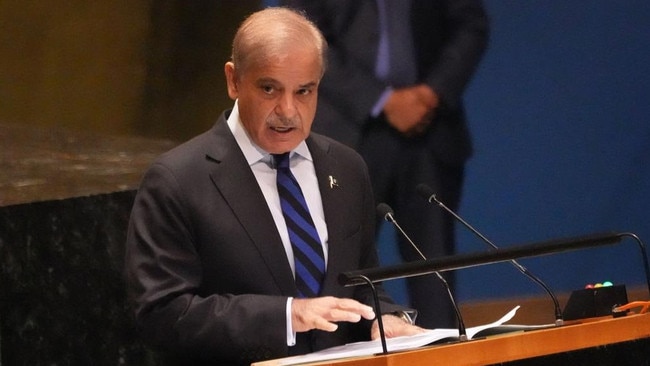
In an interview this week, former Indian diplomat turned opposition MP Shashi Tharoor said Trump’s messaging this week not only drew a false equivalence between India and Pakistan but also wrongly suggested India would reward Pakistan’s latest terror attack with negotiations.
“For about 30 years we have successfully persuaded the world and every American president since (Bill) Clinton not to club the two of us together,” he said.
“That has been widely understood. We don’t want to be hyphenated with Pakistan.”
In his own triumphant speech on Saturday night, Pakistan’s Sharif reserved special thanks for his country’s “all-weather friend” China – as well he might.
Pakistan has upgraded its military hardware significantly in recent years with Chinese weaponry, including PL-15 radar-guided long-range missiles and J10 fighter jets that the country’s air force claims to have used to shoot down five Indian aircraft, including at least two French-made Rafale jets.

The Indian government has refused to address the claims, though pictures of crashed aircraft and confirmation from French intelligence that at least one – perhaps two – of the jets downed were indeed Rafale, sent stocks in China’s Chengdu Aircraft company soaring 40 per cent last week.
“There’s no better advertisement than a real combat situation,” Yun Sen, a Chinese military affairs specialist at Washington’s Stimson Centre, told the Financial Times of what is believed to be the first modern battle test of Chinese warplanes, missiles and radars, against the best of Western military hardware.
“This came as a pleasant surprise for China … the result is quite striking.”
Military analysts have been quick to recognise the broader utility of that for Beijing, with one defence expert telling Inquirer that “whatever happens in the skies over the subcontinent has ramifications for the Taiwan Strait scenario”.
“If we accept that Rafales were downed, then you’re saying one of the most advanced Western aircraft in a combat situation has been shot down by a Chinese aircraft with Chinese long-range missiles.”
Taiwan has built up one of the world’s largest fleets of F-16 fighter jets, numbering more than 220, in the hopes of deterring China from an aerial invasion.
But China will have gained confidence from the performance of its fighter jets in a head-to-head test with the best of Western defence technology last week.
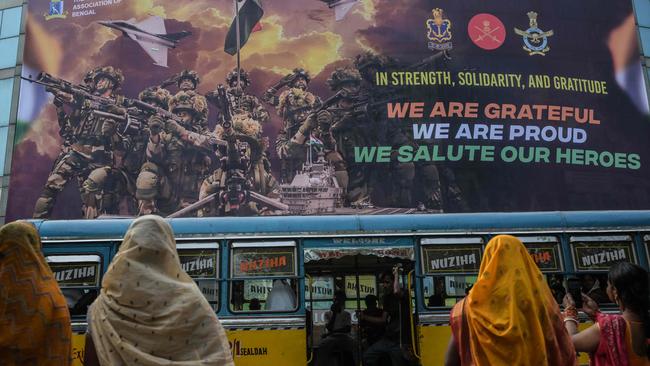
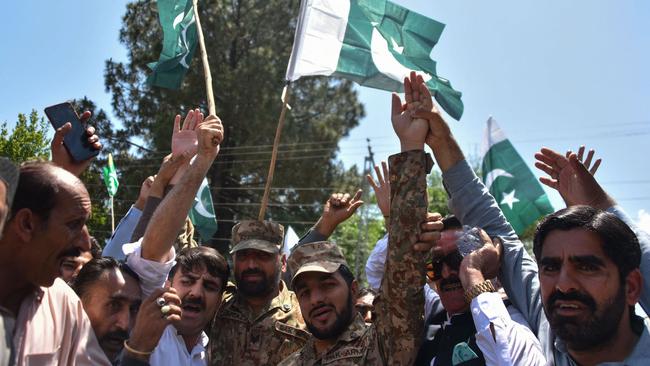
For now the ceasefire between Pakistan and India is holding even as the battle over narratives rages on.
Crisis Group’s Donthi says Indians may not have liked the optics of a US intervention but in reality the ceasefire gave both militaries an exit door from a battle that was “hurtling towards breaching the nuclear threshold”.
“It had become a race of one-upmanship over who was going to inflict more damage, and neither side was really in control of the escalation dynamics,” he tells Inquirer.
“Both militaries were giving in to public pressure, so I think the ceasefire came as a relief, even if neither would admit it.”
Yet India’s new military doctrine, combined with a clear willingness on both sides to push the boundaries of military engagement below the nuclear threshold, means the next clash will almost certainly be more serious, with potentially catastrophic consequences.
Modi has made clear not only that any future terrorist attack will be assumed to have Pakistan state backing and will draw a military response but that India will not de-escalate at the threat of nuclear deployment.
That is a very dangerous new starting position.
“Anybody can exploit this situation between Indian and Pakistan right now because from what we have seen the Indian government will immediately blame Pakistan and go to war,” Donthi says.
“There are enough inimical powers willing to fish in these troubled waters. All it will take is one militant attack – just two madmen with guns.
“That’s the real danger here, and right now there are no diplomatic communication channels in place, no guard rails.”
The firing may have stopped, but tensions between Pakistan and India remain at boiling point.
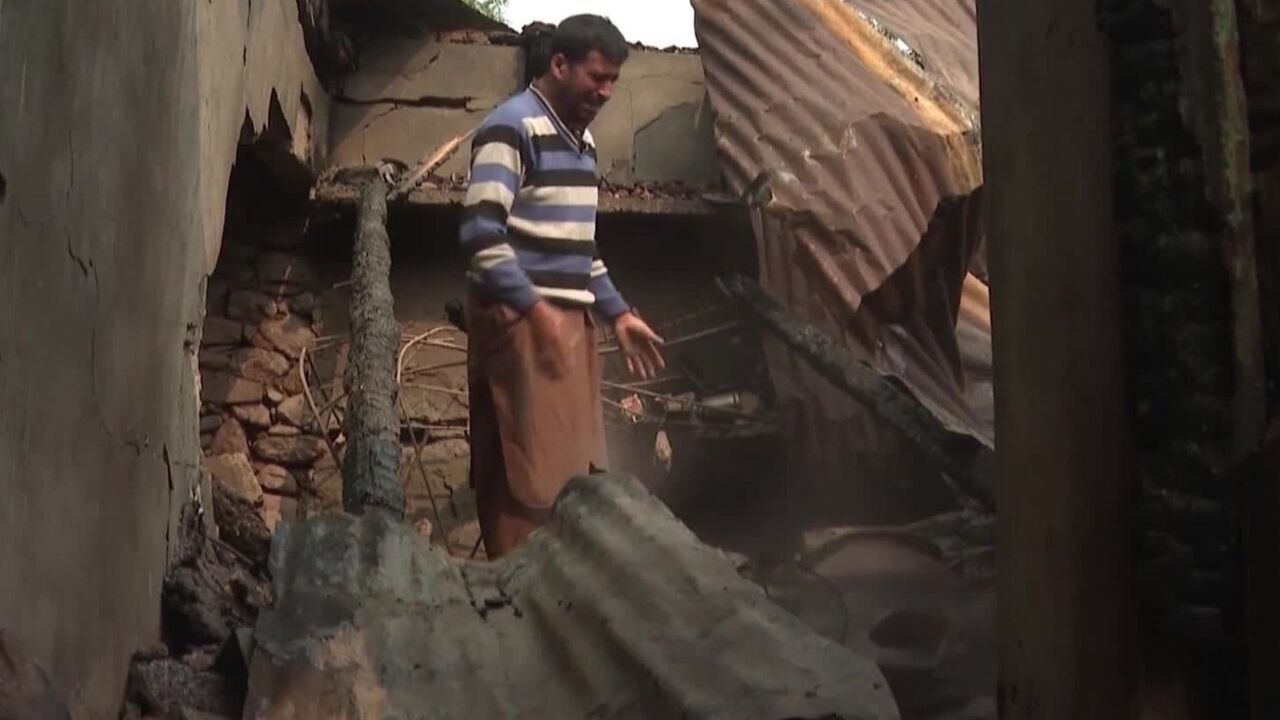
The land border is still closed, the Indus Water Treaty is still suspended, diplomats still expelled.
With India having made its position clear, an obvious question now is how Pakistan will adapt.
Clearly Modi hopes to raise the costs to Pakistan of sponsoring and sheltering anti-Indian terrorists, though India’s long history of militarisation and rights-violating crackdowns in Indian-administered Kashmir means the region does not lack its own homegrown militants.
“We know the last few attacks on India were carried out by Pakistani groups but the question of what sponsorship they had from the Pakistani state is unclear,” Kugelman says.
“It would be difficult for them to do anything large-scale without some collaboration from the Pakistan state, but that is a complex issue and there are plenty of local actors willing to hit the Indian state that would not need support from Pakistan.”
While there is no doubting the public pressure Modi faced to retaliate for yet another horrifying attack on Indian civilians, serious debate continues inside the country over what that achieved.
Writing in the Indian Express this week one of the country’s most respected commentators, Pratap Bhanu Mehta, wrote that India could “take some consolation from the fact it will now be understood that any act of terror by Pakistan is an act of war”.
“But,” he added, “the dispute has always been on Pakistan taking responsibility for terror, not whether terror is an act of war.
“In the end, the world has little patience with who is right and who is wrong in the subcontinent, if the war carries nuclear risk.”


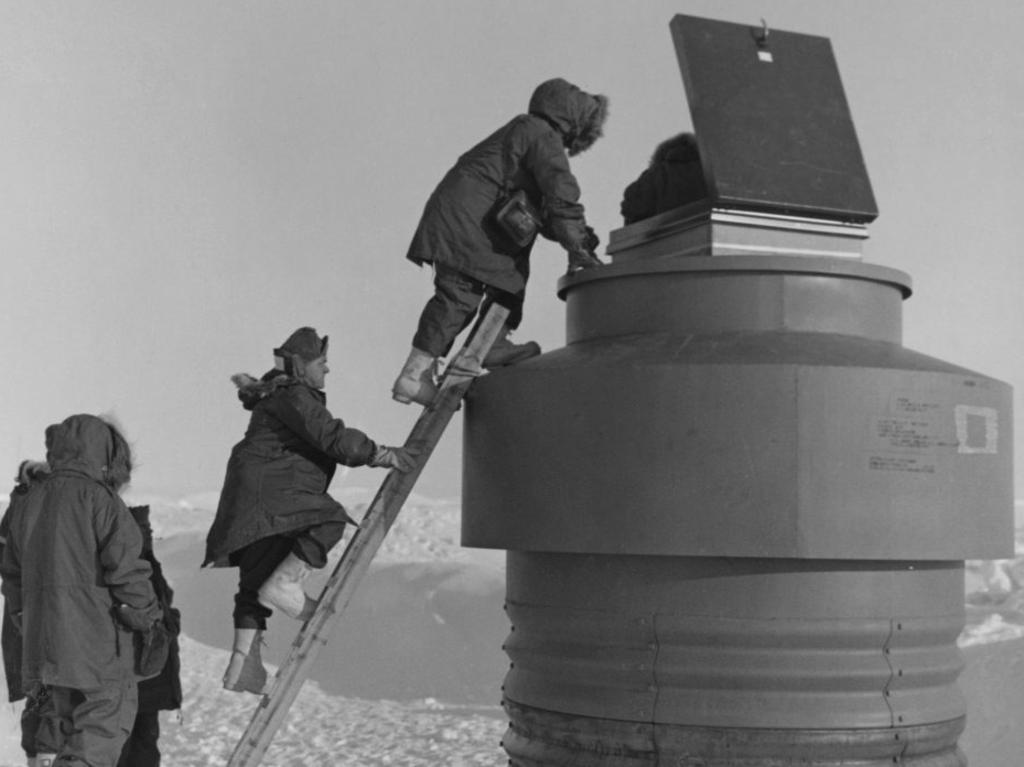
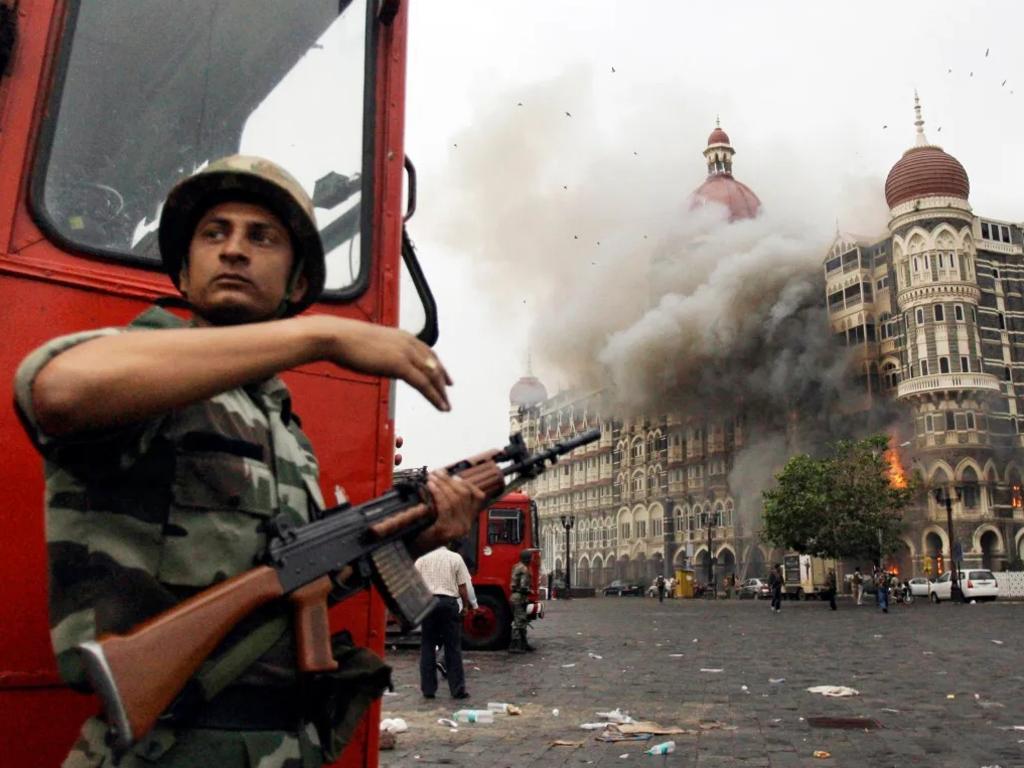
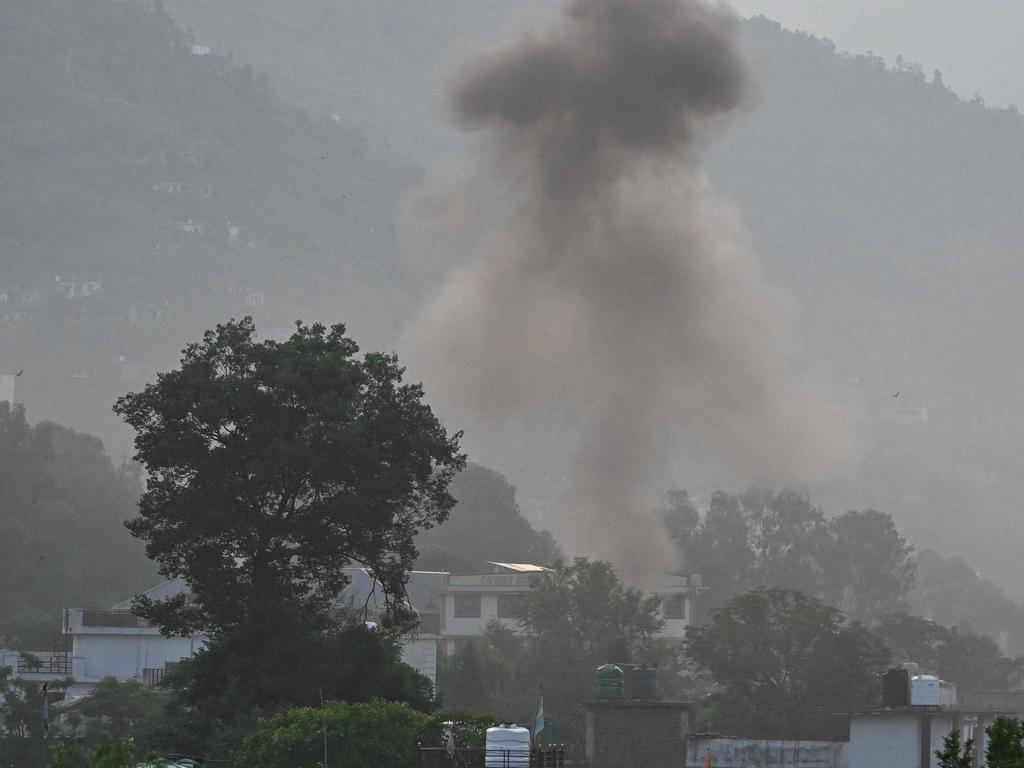
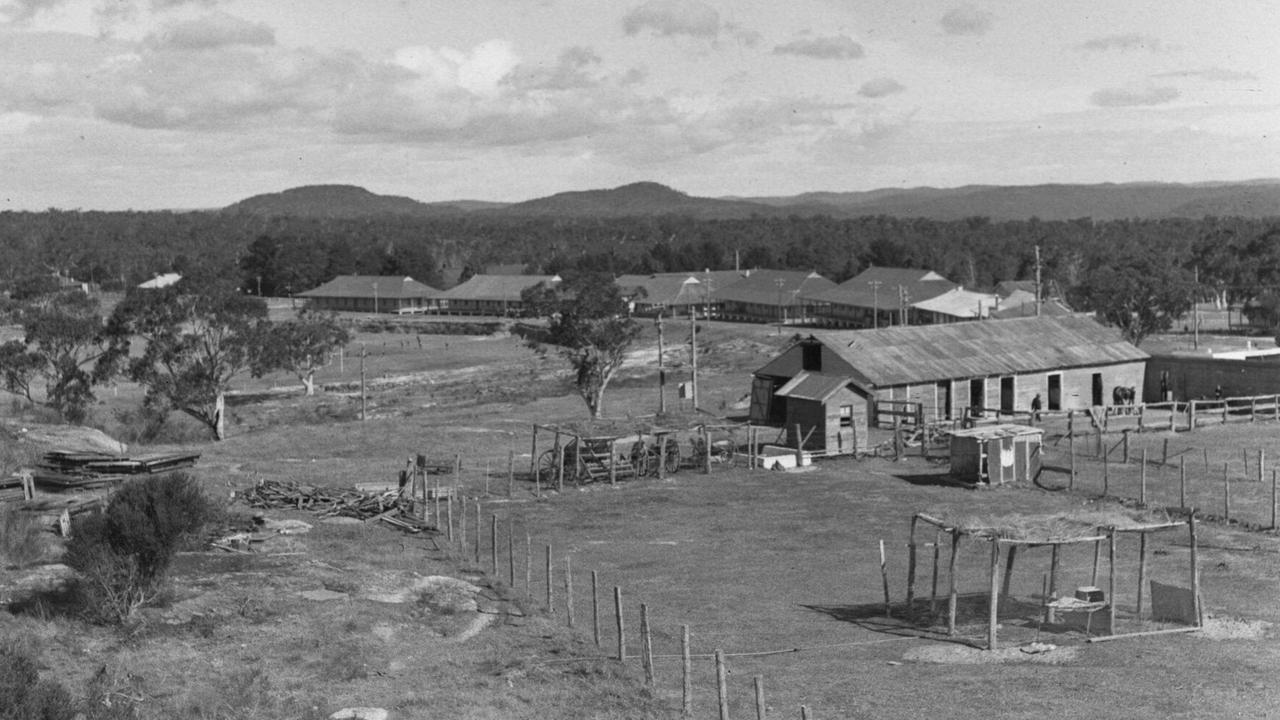
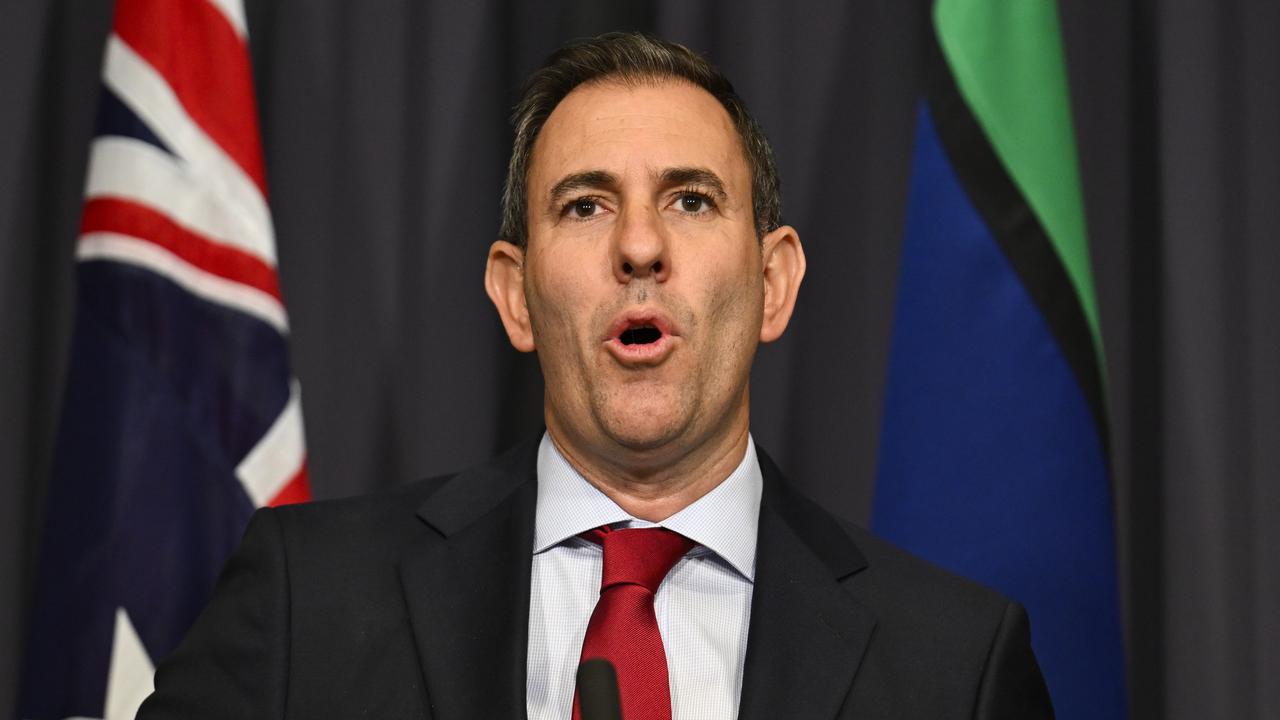
To join the conversation, please log in. Don't have an account? Register
Join the conversation, you are commenting as Logout